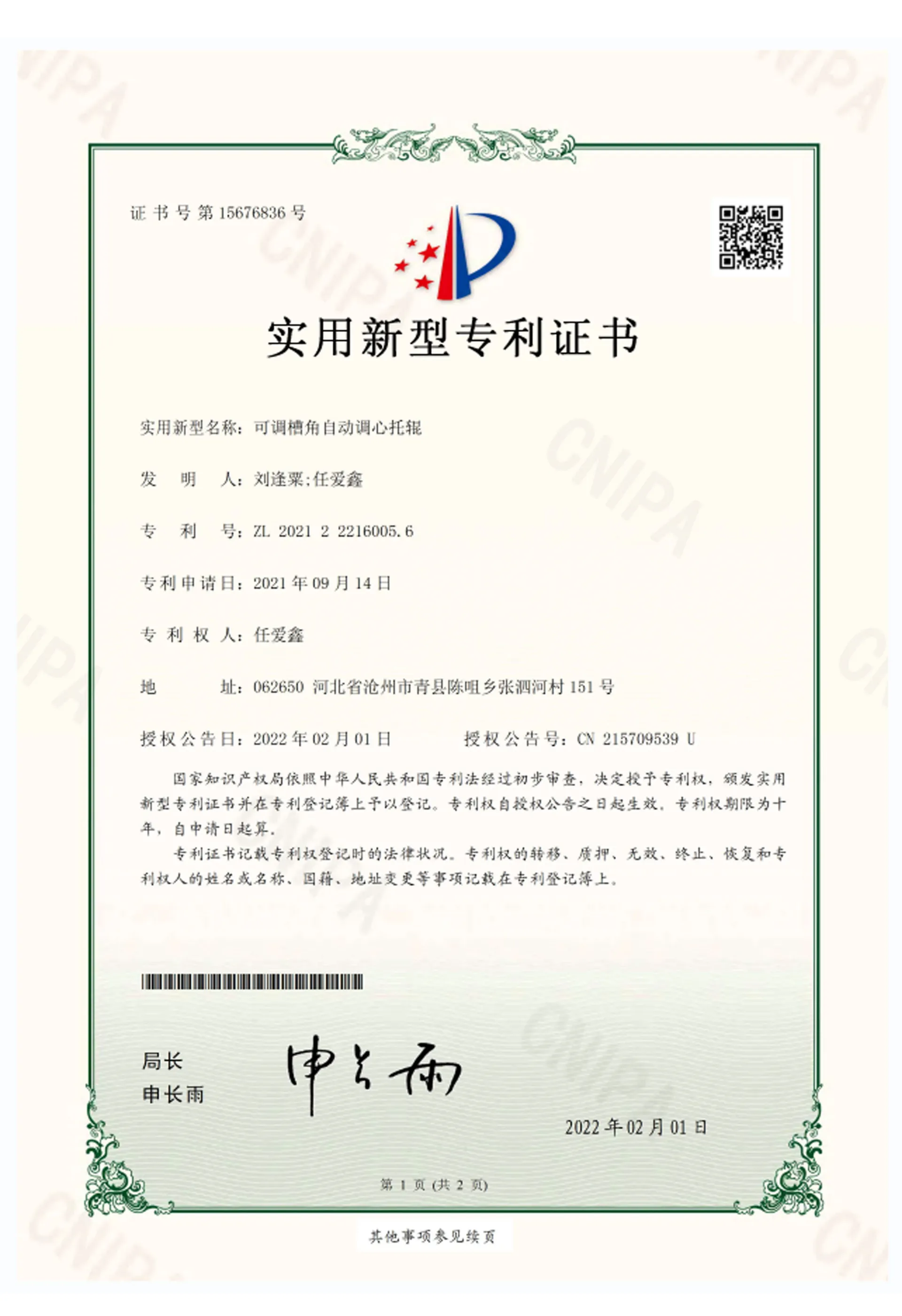 Afrikaans
Afrikaans  Albanian
Albanian  Amharic
Amharic  Arabic
Arabic  Armenian
Armenian  Azerbaijani
Azerbaijani  Basque
Basque  Belarusian
Belarusian  Bengali
Bengali  Bosnian
Bosnian  Bulgarian
Bulgarian  Catalan
Catalan  Cebuano
Cebuano  Corsican
Corsican  Croatian
Croatian  Czech
Czech  Danish
Danish  Dutch
Dutch  English
English  Esperanto
Esperanto  Estonian
Estonian  Finnish
Finnish  French
French  Frisian
Frisian  Galician
Galician  Georgian
Georgian  German
German  Greek
Greek  Gujarati
Gujarati  Haitian Creole
Haitian Creole  hausa
hausa  hawaiian
hawaiian  Hebrew
Hebrew  Hindi
Hindi  Miao
Miao  Hungarian
Hungarian  Icelandic
Icelandic  igbo
igbo  Indonesian
Indonesian  irish
irish  Italian
Italian  Japanese
Japanese  Javanese
Javanese  Kannada
Kannada  kazakh
kazakh  Khmer
Khmer  Rwandese
Rwandese  Korean
Korean  Kurdish
Kurdish  Kyrgyz
Kyrgyz  Lao
Lao  Latin
Latin  Latvian
Latvian  Lithuanian
Lithuanian  Luxembourgish
Luxembourgish  Macedonian
Macedonian  Malgashi
Malgashi  Malay
Malay  Malayalam
Malayalam  Maltese
Maltese  Maori
Maori  Marathi
Marathi  Mongolian
Mongolian  Myanmar
Myanmar  Nepali
Nepali  Norwegian
Norwegian  Norwegian
Norwegian  Occitan
Occitan  Pashto
Pashto  Persian
Persian  Polish
Polish  Portuguese
Portuguese  Punjabi
Punjabi  Romanian
Romanian  Russian
Russian  Samoan
Samoan  Scottish Gaelic
Scottish Gaelic  Serbian
Serbian  Sesotho
Sesotho  Shona
Shona  Sindhi
Sindhi  Sinhala
Sinhala  Slovak
Slovak  Slovenian
Slovenian  Somali
Somali  Spanish
Spanish  Sundanese
Sundanese  Swahili
Swahili  Swedish
Swedish  Tagalog
Tagalog  Tajik
Tajik  Tamil
Tamil  Tatar
Tatar  Telugu
Telugu  Thai
Thai  Turkish
Turkish  Turkmen
Turkmen  Ukrainian
Ukrainian  Urdu
Urdu  Uighur
Uighur  Uzbek
Uzbek  Vietnamese
Vietnamese  Welsh
Welsh  Bantu
Bantu  Yiddish
Yiddish  Yoruba
Yoruba  Zulu
Zulu Understanding the Functionality and Importance of Non-Drive Pulleys in Mechanical Systems
Understanding Non-Drive Pulleys and Their Applications
Pulleys are essential components in mechanical systems, serving to transmit power and motion through grooved wheels and belts. Among the various types of pulleys, non-drive pulleys play a crucial role in numerous applications across different industries. Unlike drive pulleys, which directly receive power from a motor or engine, non-drive pulleys primarily serve to guide or redirect belts and, in some cases, merely support the system without transferring any significant power.
What Are Non-Drive Pulleys?
Non-drive pulleys, sometimes referred to as idler pulleys, are used in belt-driven systems to maintain appropriate tension and alignment of the belt. They can be found in various machinery, such as conveyor systems, automotive engines, and industrial equipment. Non-drive pulleys do not have any power input but instead work in conjunction with drive pulleys to ensure the smooth operation of the entire system.
These pulleys can be fixed or adjustable, and they are often designed to decrease friction and wear on the belt, which prolongs the lifespan of both the belt and the driving components. Non-drive pulleys can also help in managing the path of the belt, allowing for sharper turns and more efficient routing in compact systems.
Applications of Non-Drive Pulleys
1. Conveyor Systems In many industrial settings, conveyor systems rely on non-drive pulleys to redirect belts and optimize material handling. The use of idler pulleys helps to support the load on the belt evenly, thereby enhancing operational efficiency.
2. Automotive In vehicles, non-drive pulleys are often found in the serpentine belt systems that drive multiple accessories like alternators, water pumps, and air conditioning compressors. They ensure that the belt maintains enough tension while adjusting to the various loads placed on it by the engine components.
non drive pulley

3. Exercise Equipment Many fitness machines utilize non-drive pulleys to provide resistance. They can guide the movement of cables and belts, ensuring smooth function while allowing users to adjust tension for different exercises.
4. Construction Machinery In cranes and other heavy equipment, non-drive pulleys help control the lifting and lowering of loads. These pulleys are crucial in managing heavy weights safely and efficiently.
Benefits of Non-Drive Pulleys
- Reduced Wear By guiding belts and maintaining tension, non-drive pulleys help reduce wear and tear. This reduces the frequency of maintenance and replacement, which can be a significant cost-saving factor.
- Improved Efficiency Non-drive pulleys assist in maintaining optimal belt alignment, which is essential for efficient power transmission. Misalignment can lead to excessive slippage and power loss.
- Flexibility in Design Non-drive pulleys offer flexibility in system design, allowing engineers to create compact and efficient layouts without compromising performance.
Conclusion
Non-drive pulleys serve a pivotal role in a wide range of mechanical systems, ensuring optimal performance and longevity. Their primary function of guiding and supporting belts enables many machines to function effectively across diverse applications, from manufacturing to automotive engineering. Understanding the functionality and benefits of non-drive pulleys is essential for engineers and technicians alike as they strive to create more efficient and reliable mechanical systems. As industries continue to evolve and require more sophisticated solutions, the role of non-drive pulleys will remain indispensable in driving innovation and efficiency.
-
Revolutionizing Conveyor Reliability with Advanced Rubber Lagging PulleysNewsJul.22,2025
-
Powering Precision and Durability with Expert Manufacturers of Conveyor ComponentsNewsJul.22,2025
-
Optimizing Conveyor Systems with Advanced Conveyor AccessoriesNewsJul.22,2025
-
Maximize Conveyor Efficiency with Quality Conveyor Idler PulleysNewsJul.22,2025
-
Future-Proof Your Conveyor System with High-Performance Polyurethane RollerNewsJul.22,2025
-
Driving Efficiency Forward with Quality Idlers and RollersNewsJul.22,2025





























